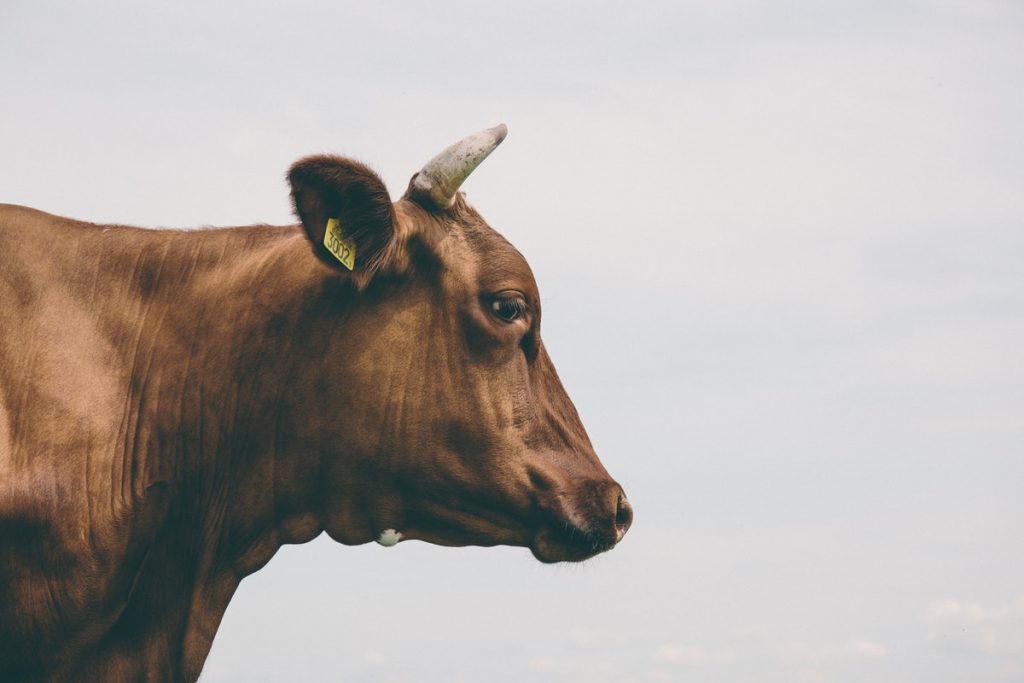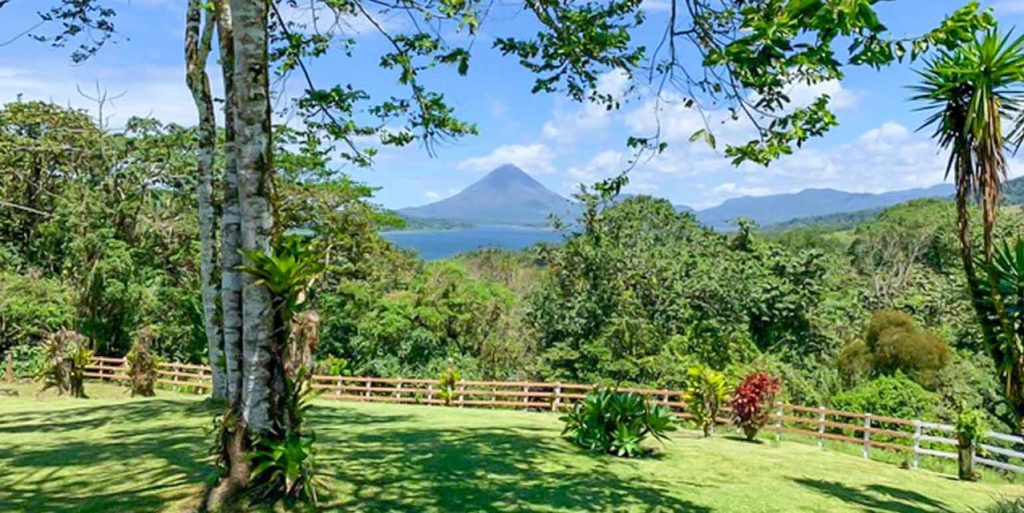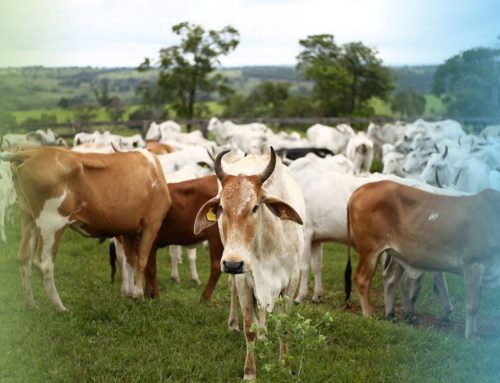The value of joining the global movement where every day more people contribute to combat climate change increases exponentially. And it is not just a trend, but it is a necessary change in our lifestyle. According to a study by the National Ministry of Environment and Energy in 2012, the livestock sector of Costa Rica is responsible for 28.59% of the Greenhouse Gas emissions of the entire country.
In Costa Rica it is already possible to obtain the Carbon Neutral certification of your cattle farm. The benefits of this extend in a number of ways. Not only does the environment benefit from this process, but in terms of product quality and the market in which an organic product is sold are other aspects that benefit too.

Steps for Certification
- Strong Commitment to the Cause
Since the process is a bit long, it is good that the first step is to set a goal to obtain this carbon neutral certification and commit to the cause so you can follow through with the whole process.
- Carbon Inventory
A detailed data collection must be carried out to generate said carbon inventory, which reveals the amount of Greenhouse Gas (GHG) emissions from the farm. This should include: animal records, fuel, electricity, general purchase bills, accounting, technical records, etc. All of which have to be following and respecting the criteria of ISO 14064-1 and INTE 120106.
- Action Plan
In this step, you must carry out how you are going to reduce or remove the emissions of Greenhouse Gases on the farm (GHG). The Management Plan must include: (a) a statement of commitment with the certification to Carbon Neutrality (b) the objective of emissions of Greenhouse Gases (GHG) after having applied the Management Plan and having reduced these (c ) the budget for the actions to be taken to reduce GHG (d) the strategy adapted to reduce and remove the emission of GHG on the property.
- Certification
Costa Rica has two certification bodies for carbon neutrality: INTECO and the Carbon Neutral Unit of the EARTH University (UCN-EARTH). Apart from the previous steps, each entity has its own forms to follow and prices for certification, if you want to read them you can visit the page of the Ministry of Agriculture and find them.
Methods Used for Carbon Neutral Certification
In other properties that have already achieved carbon neutrality, the following methods were used:
(A) Genetic Improvement – This tool helps to reduce the emission of enteric methane gas, and these come from the decomposition of the feces of livestock animals. Through genetic improvement it is sought that weight gain is achieved through genetic improvement and not just hormones or other external components. In order to reduce the life cycle and thus the emission production time of the animal.
(B) Live Fences – Unlike dead posts that are used mostly in Costa Rica, living fences through photosynthesis process CO2 (a GHG) and convert it into oxygen. This contributes to remove CO2 produced by the farm and thus reach carbon neutrality.
Commitment to the environment is not something we can ignore, because the change that the planet needs is now. At NATIVU we are committed to change, and your farm: is it ready to join the change now?










